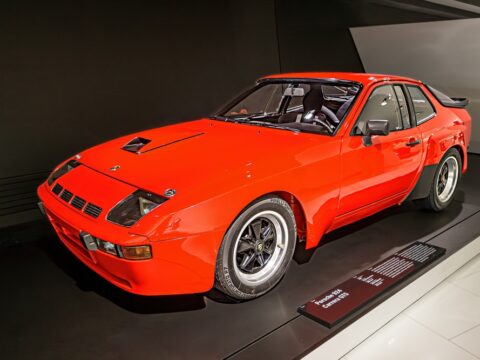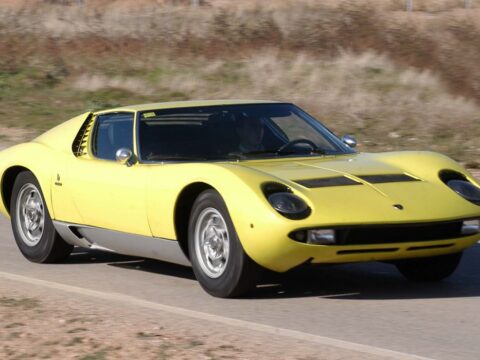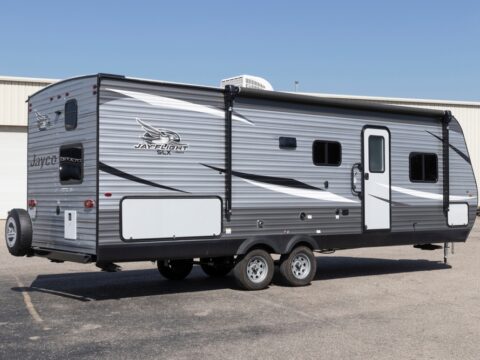Buckle up for a ride back to the 1930s, a decade of significant innovation and notable missteps in the automotive industry. Despite the economic challenges of the Great Depression, this era was also a time of remarkable resilience and creativity. While many vehicles from the ’30s became legendary classics, others fell short, hindered by various shortcomings.
Contents
1934 Chrysler Airflow
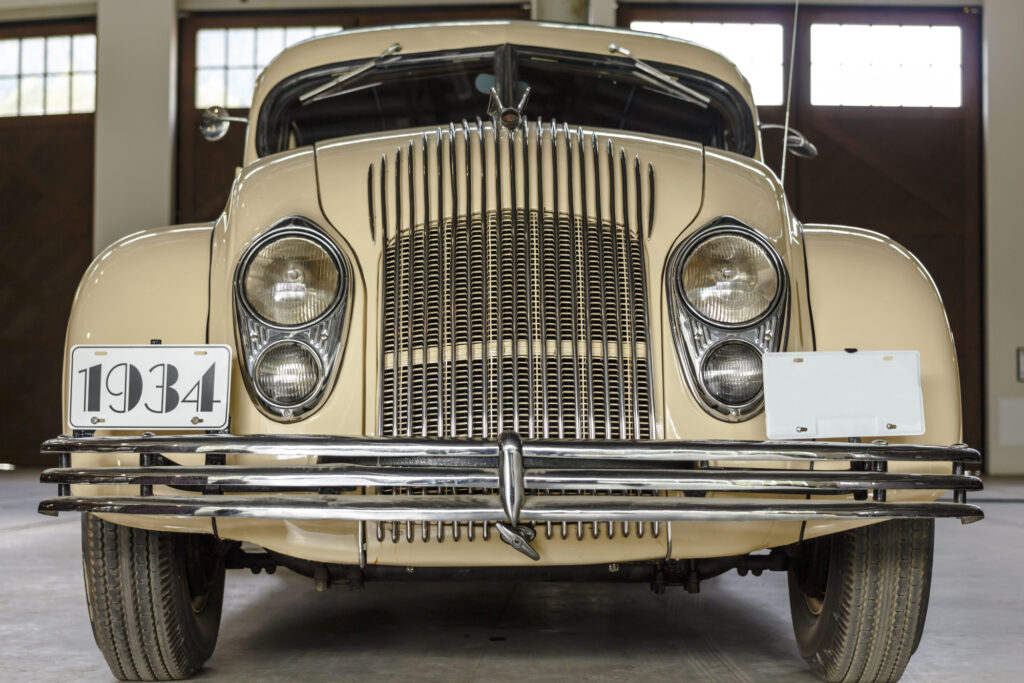
The Airflow was revolutionary in terms of design and engineering, being the first car designed with aerodynamics in mind. However, its radical styling was too much for most consumers of the time, leading to poor sales. Furthermore, initial quality control issues resulted in cars delivered with missing parts or unsatisfactory finishings, further hurting its reputation.
1933 Willys 77

Willys was an American automobile company known for its economical cars. The 77, however, was notable for its underpowered engine and cheap build quality. Many consumers viewed it as too basic and fragile, even for its low price.
Detroit Electric Model 97
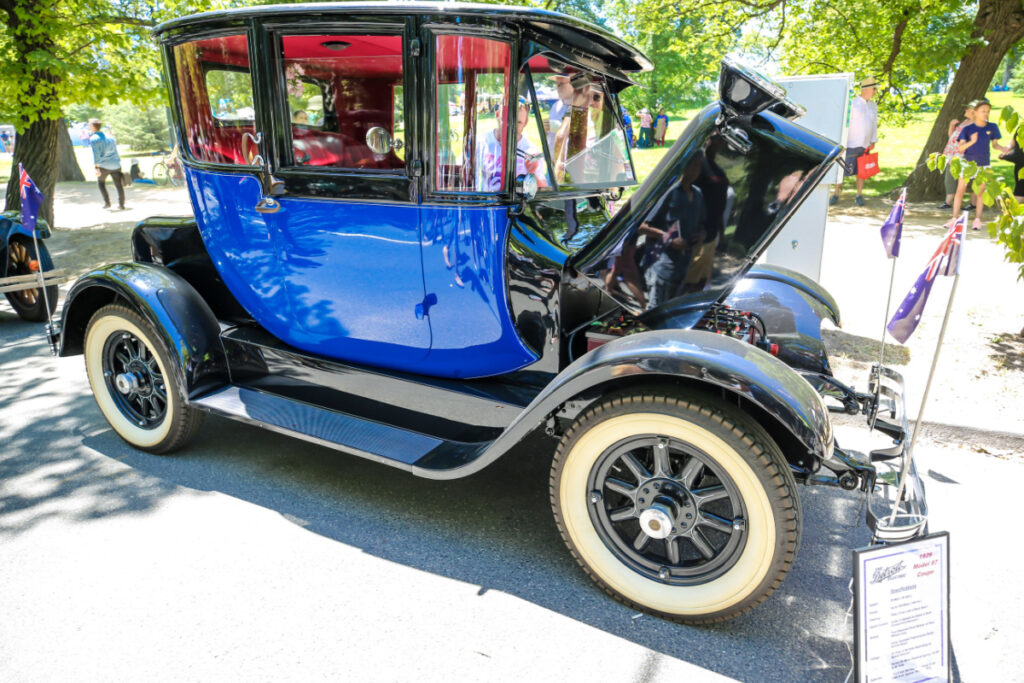
By the 1930s, electric cars were rapidly losing ground to gas-powered vehicles. The Detroit Electric was an anachronism even at its time of release, with limited speed and range compared to gasoline competitors. It also had an old-fashioned design that wasn’t appealing to consumers, contributing to poor sales.
1936 Stout Scarab

Considered the first production minivan, the Stout Scarab’s innovations didn’t catch on at the time. It had a bizarre look, was expensive, and had mechanical issues, particularly its unusual rear-engine layout.
1931 Marmon Sixteen

This luxury car was hit hard by the economic situation of the time. Its high cost and enormous fuel-guzzling engine made it a difficult sell during the Great Depression.
1935 Lincoln Model K
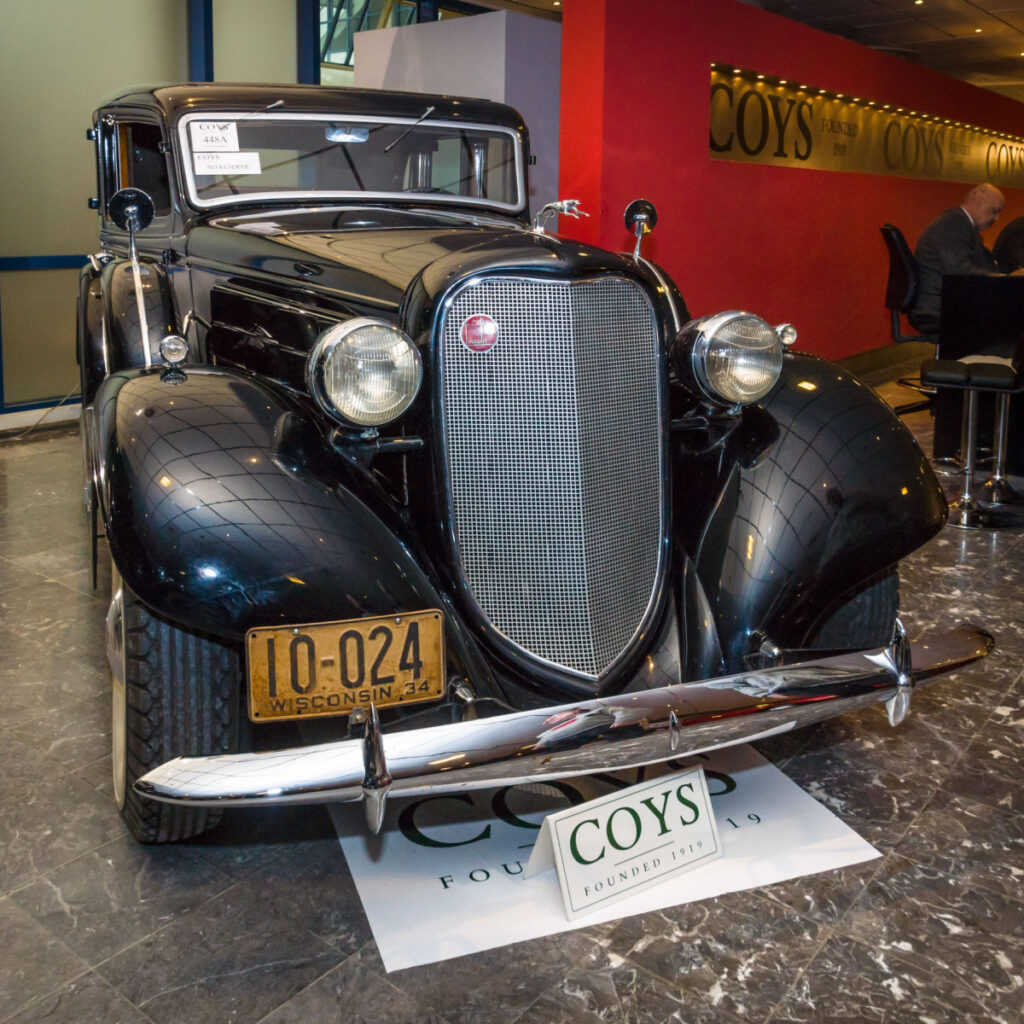
Despite being a luxury vehicle from a reputable brand, the Model K faced criticism for its conservative design. The model didn’t sell well and was seen as a step back in style and innovation.
1933 Pierce-Arrow Silver Arrow
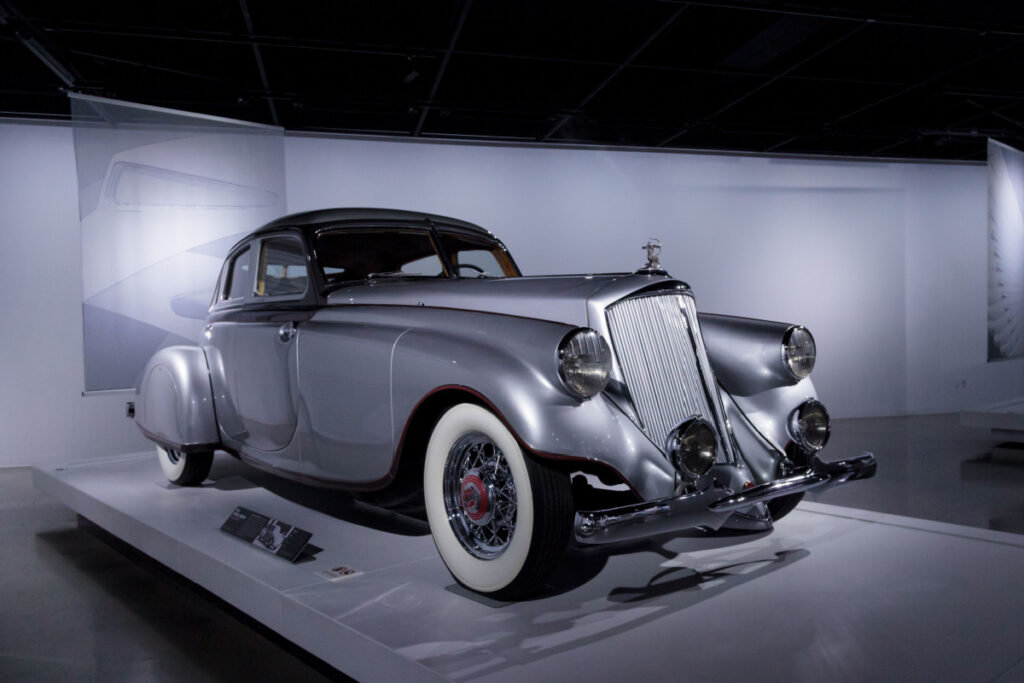
This car was innovative and ahead of its time in terms of styling and features, but its high price made it inaccessible to most consumers. Only five were made, and it didn’t significantly impact the market.
1939 Mercedes-Benz 770
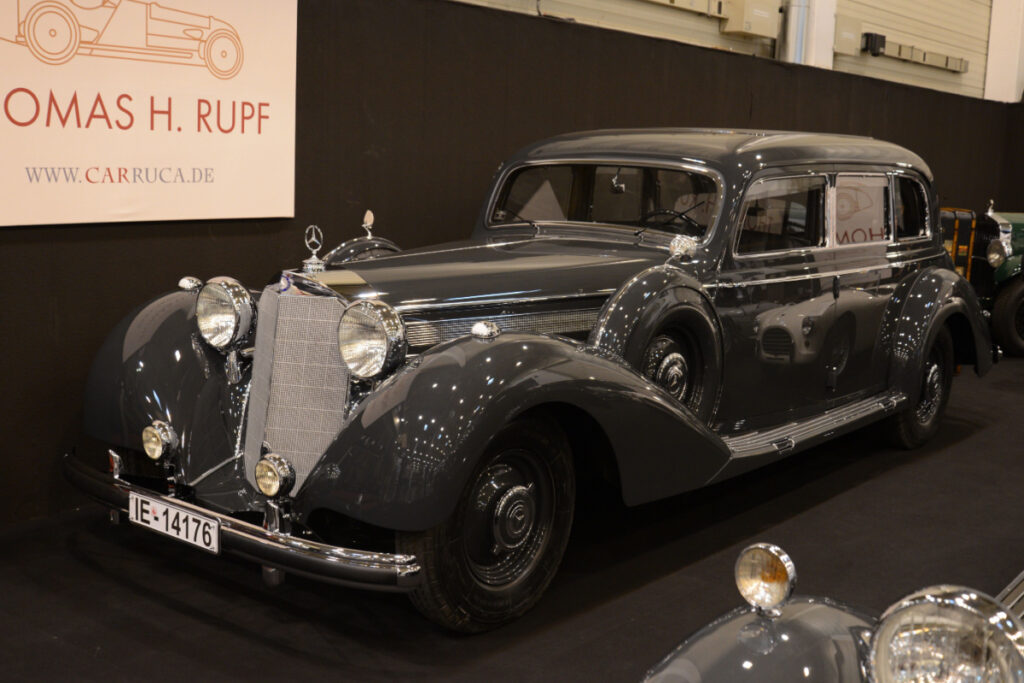
This model, often associated with high-ranking officials of Nazi Germany, is remembered more for its controversial historical connotations than for its quality as a car. Its design, while luxurious, was considered unattractive by many.
1938 Tatra T97
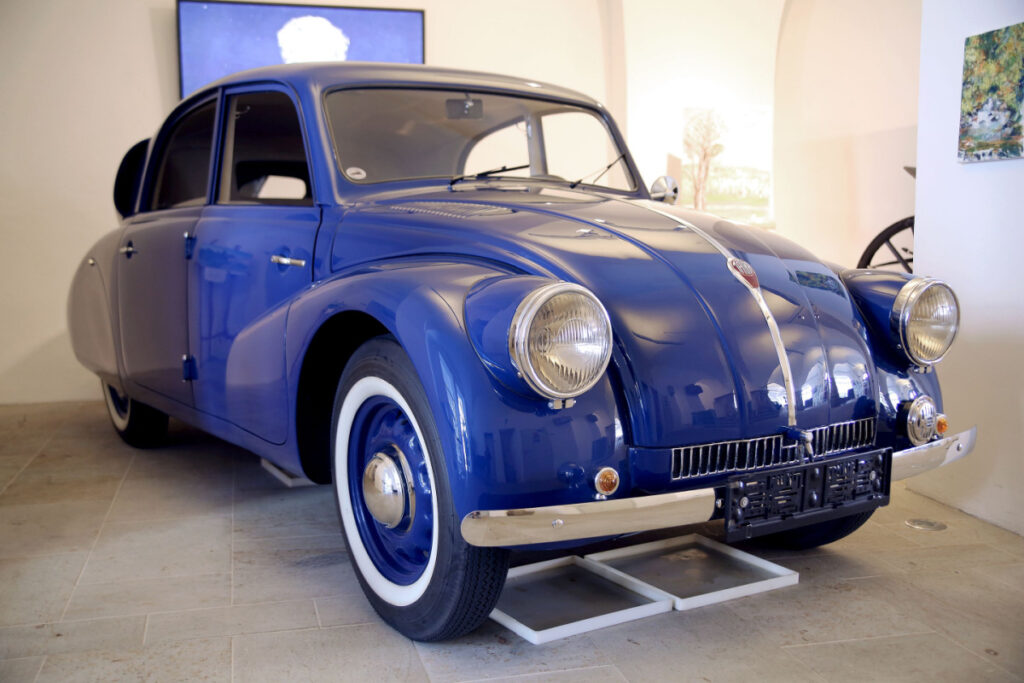
Despite its innovative rear-engine layout and aerodynamic design, the Tatra T97 faced many issues. It was challenging to handle at high speeds, often leading to accidents. The engine was also known to overheat regularly.
1939 Lagonda V12
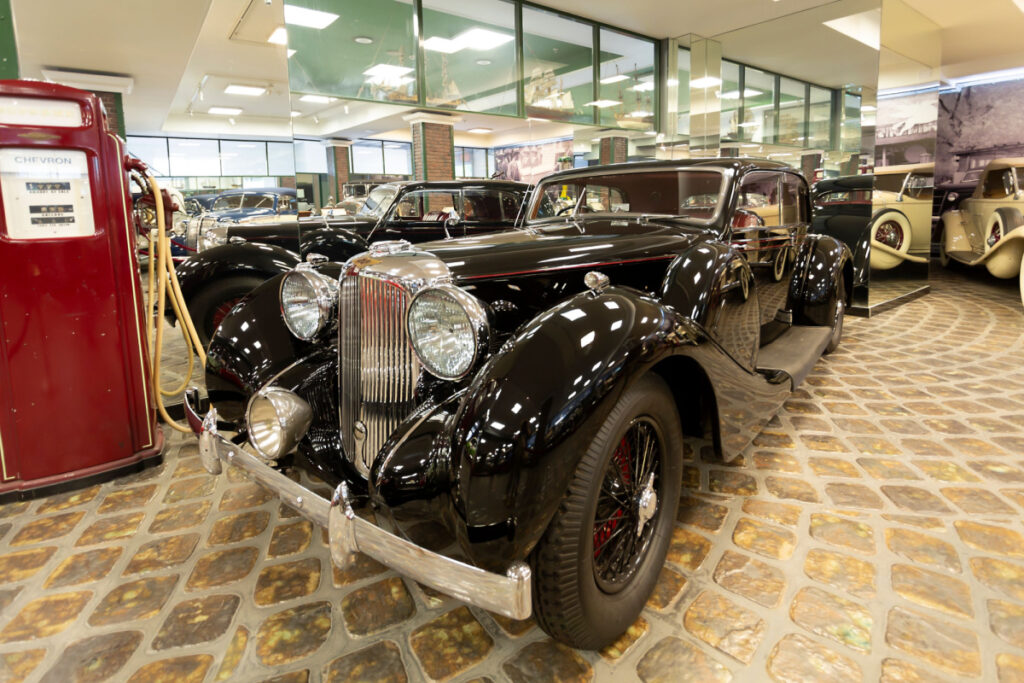
British automaker Lagonda produced this luxury car with a powerful V12 engine, but it was criticized for its complex and unreliable engineering. Despite its high price, the quality and reliability were not up to the mark, leading to poor sales and reputation.
1930 Cadillac V-16
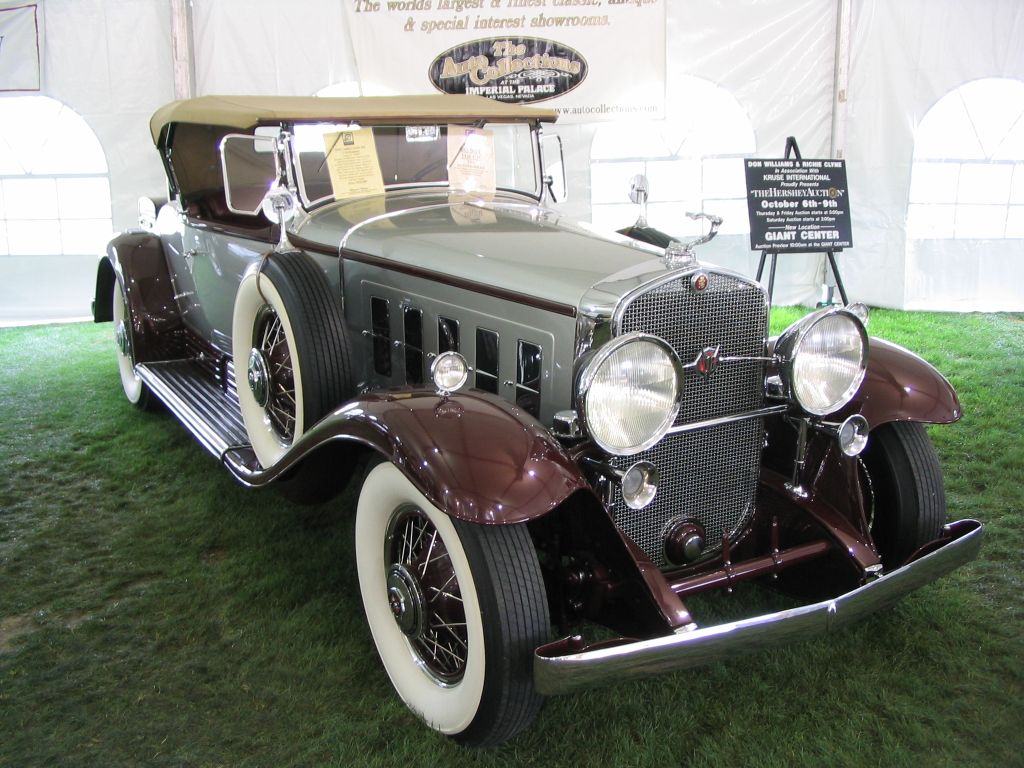
The Cadillac V-16 was an engineering marvel with its 16-cylinder engine, but its timing was unfortunate, released during the Great Depression. Its exorbitant cost and the extravagant engine made it impractical for most, leading to low sales numbers with only around 4,000 units produced over its lifespan.
1934 Packard Twelve

While the Packard Twelve was a luxury car known for its smooth 12-cylinder engine and high-quality craftsmanship, it was extremely expensive, and its high maintenance costs made it a poor choice during the economic hardships of the 1930s, resulting in limited sales.
1932 Studebaker President
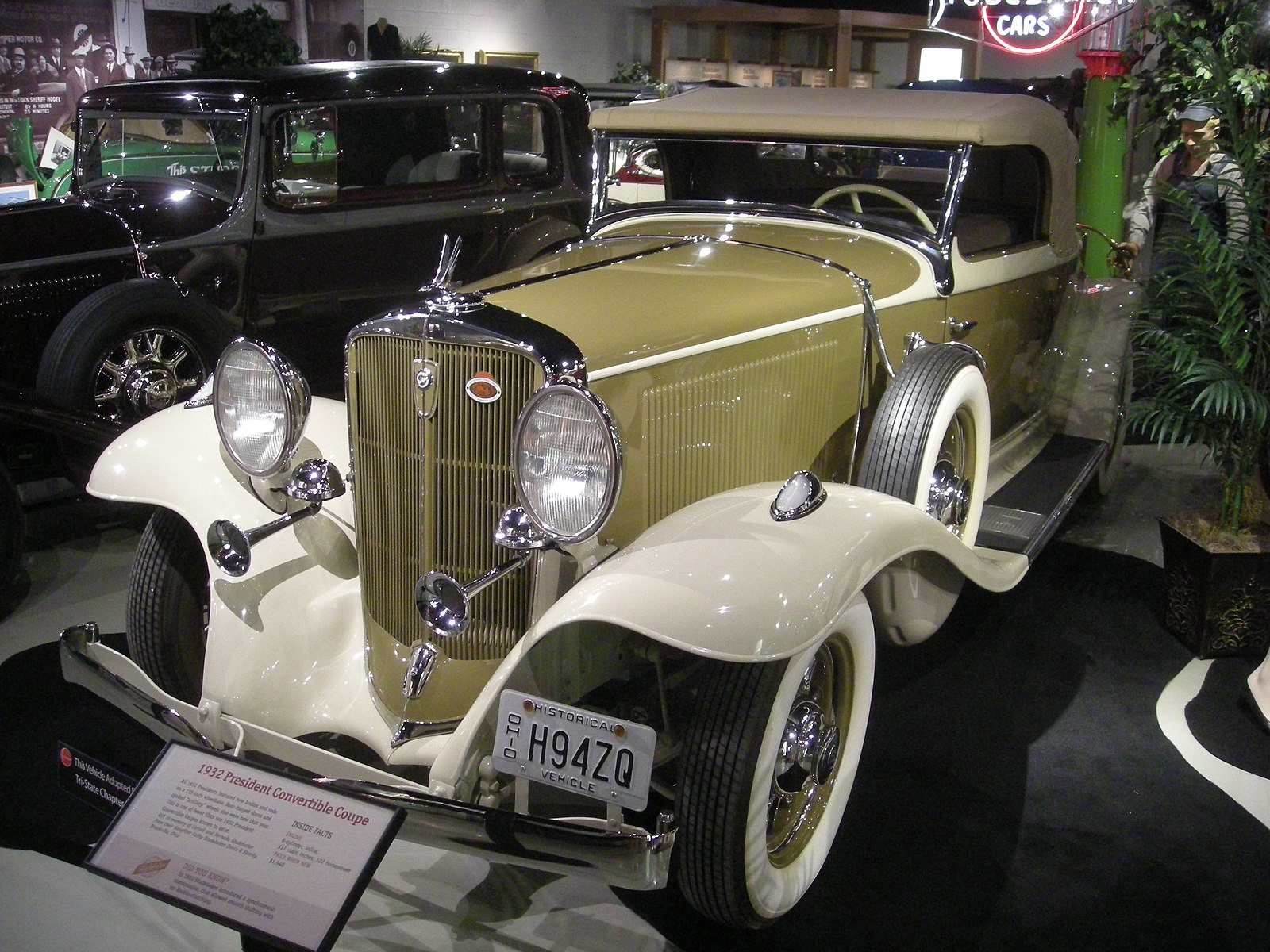
The Studebaker President was a well-engineered vehicle with advanced features for its time, but it suffered from high production costs and was too pricey for most consumers during the Depression era, leading to Studebaker’s financial difficulties.
1937 Cord 812
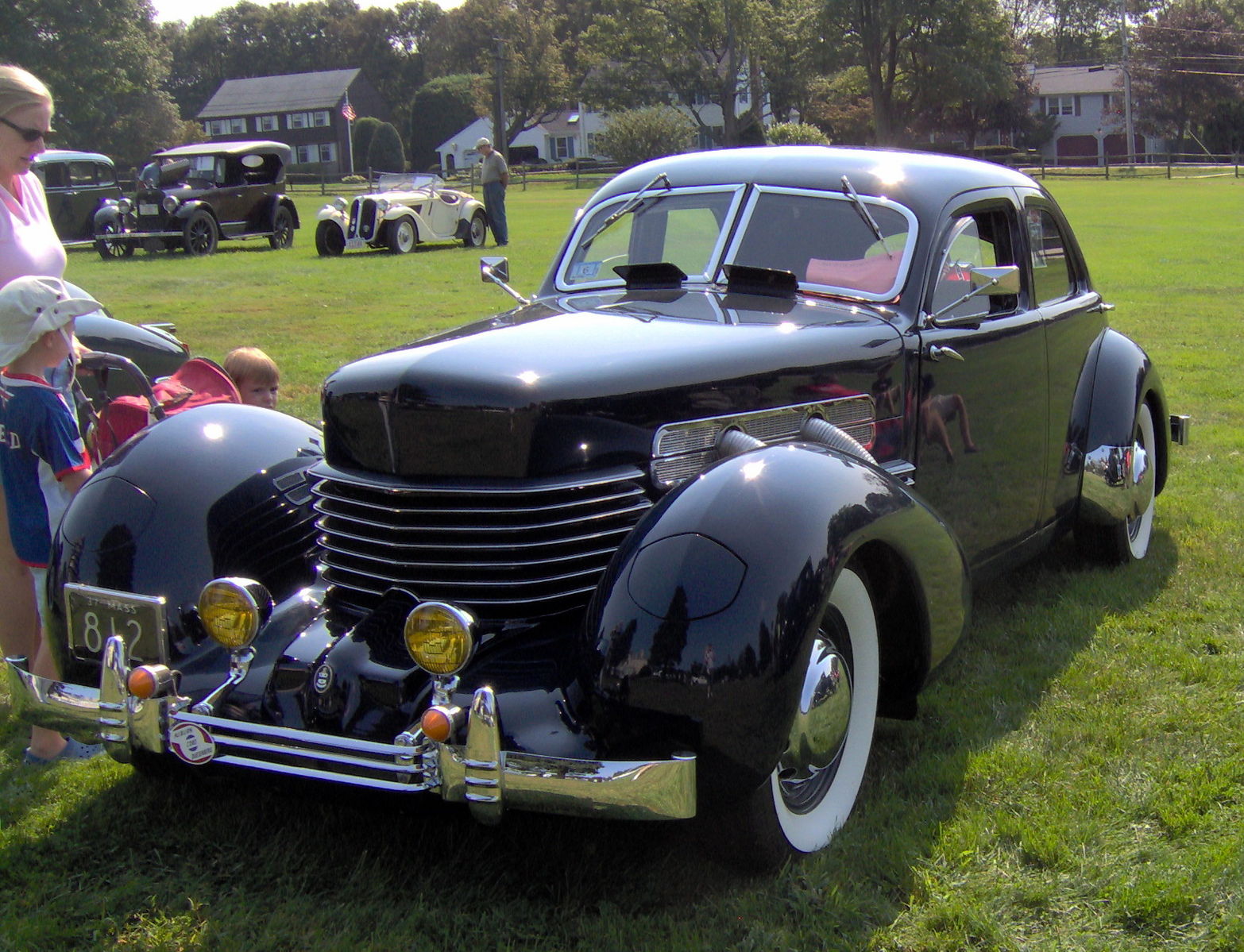
The Cord 812 was innovative with front-wheel drive and a supercharged engine, but it was plagued by mechanical issues and reliability problems, contributing to the demise of the Cord Automobile Company.
1938 Buick Limited
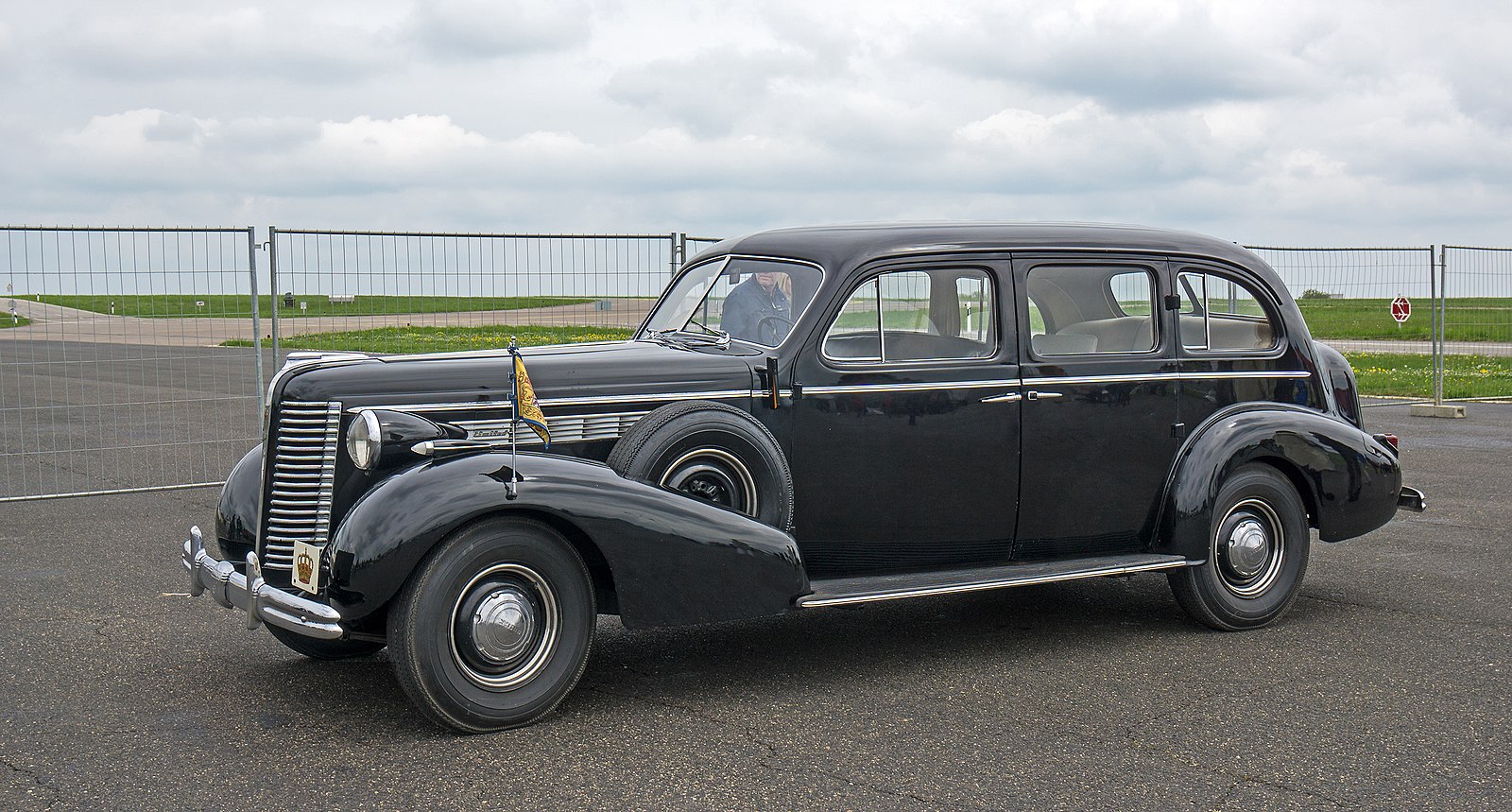
The Buick Limited series was luxurious and featured powerful engines, but its high price tag and the economic conditions of the late 1930s led to poor sales figures, making it one of Buick’s least successful models.
1933 Auburn Salon Eight
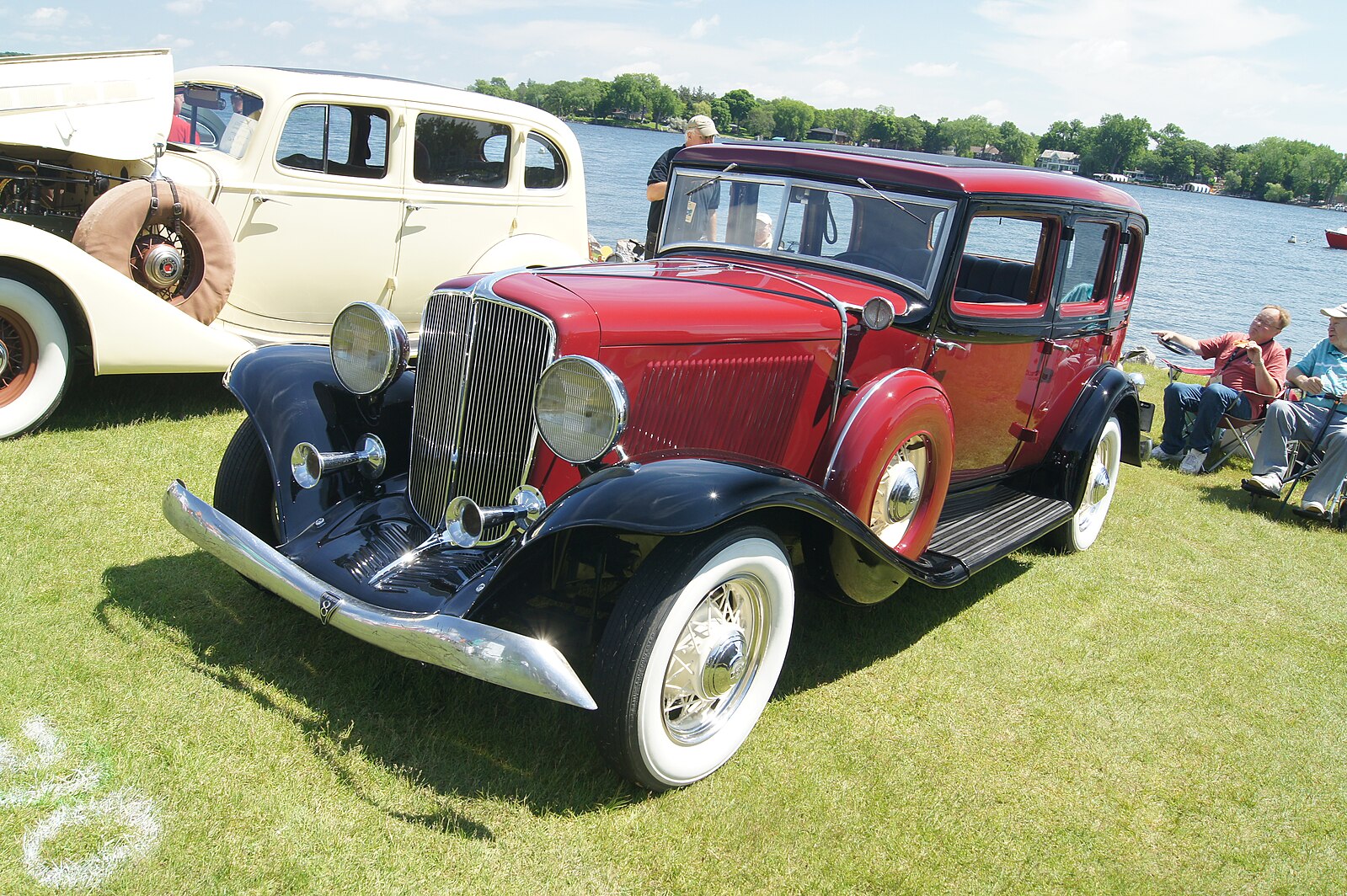
Despite its attractive design and powerful eight-cylinder engine, the Auburn Salon Eight struggled with quality issues and a high price, leading to disappointing sales and contributing to Auburn’s financial woes.
1934 Pierce-Arrow Twelve
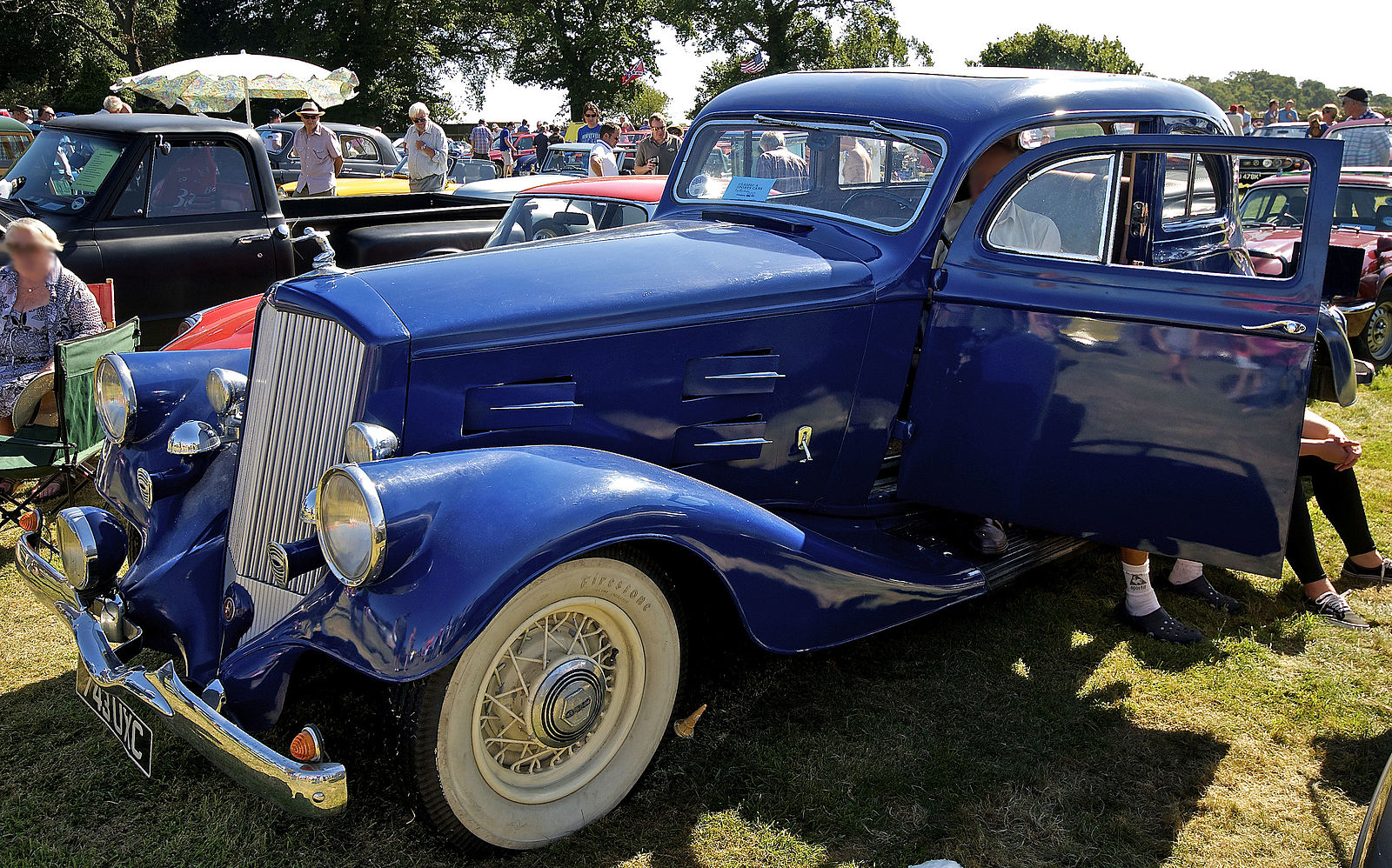
Known for luxury and smooth performance, the Pierce-Arrow Twelve suffered from the Great Depression’s market conditions, resulting in low demand and leading to the company’s bankruptcy in 1938.
1939 Graham Sharknose
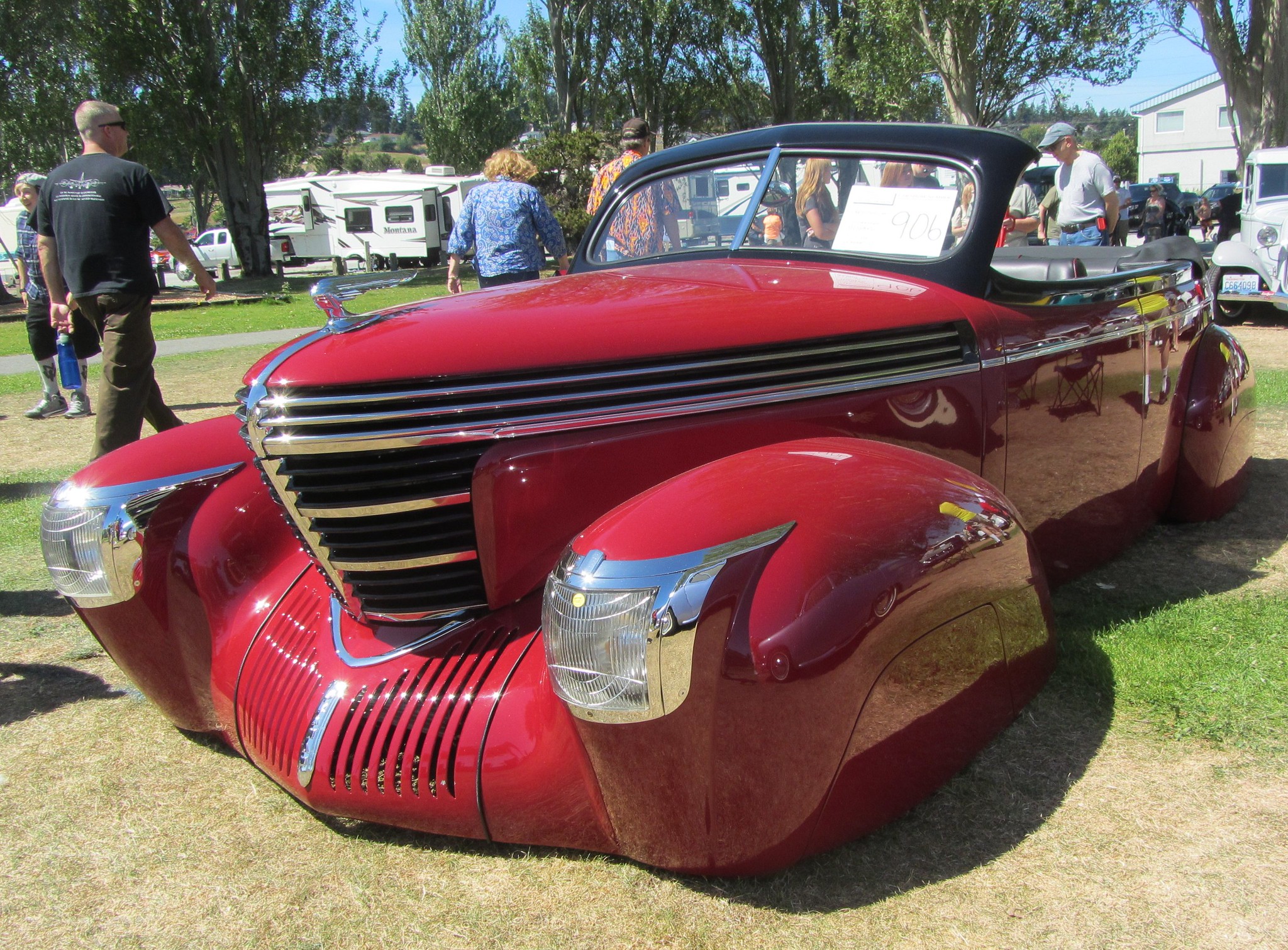
The Graham Sharknose had a distinctive design and innovative features but failed to attract buyers due to its unusual styling and the Graham company’s deteriorating financial condition, resulting in low production numbers.
1932 Essex-Terraplane Eight
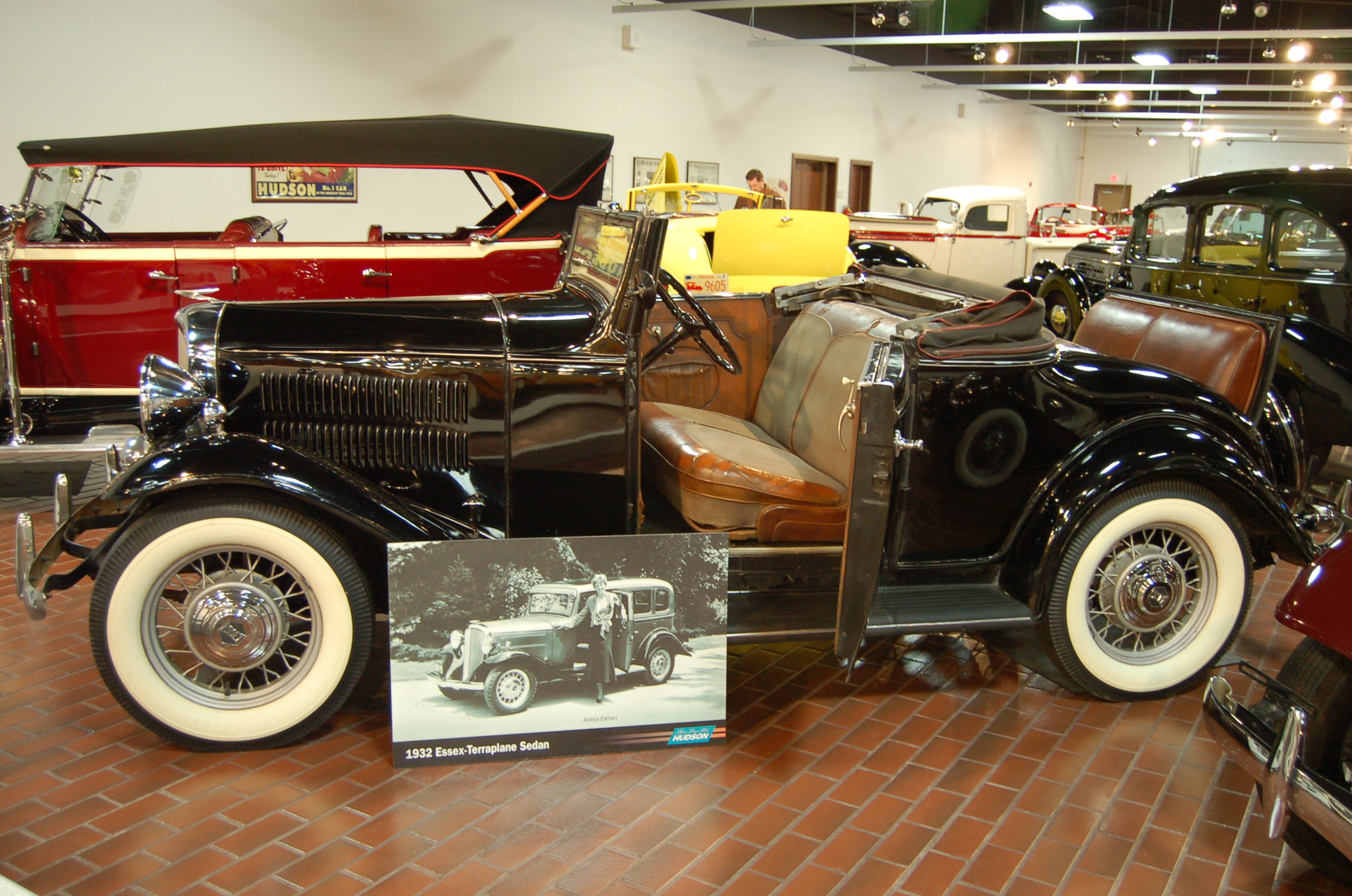
The Essex-Terraplane Eight was launched by Hudson as a more affordable option, but it faced stiff competition and failed to stand out in the market, leading to unsatisfactory sales.
1936 Hupmobile 618G
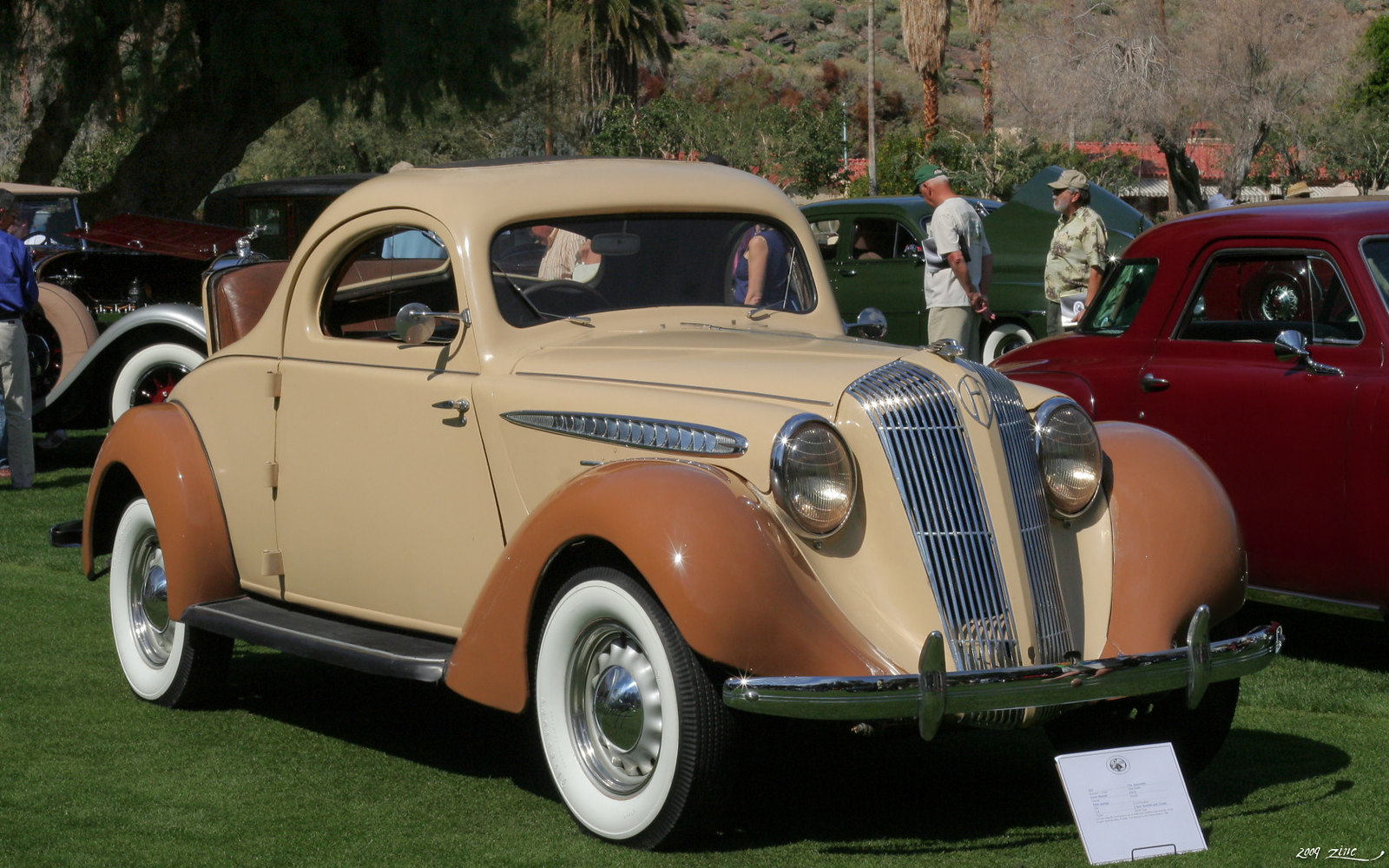
The Hupmobile 618G tried to compete in the luxury market but faced challenges like outdated design, poor marketing, and financial difficulties within the company, leading to its decline.
1937 DeSoto Custom
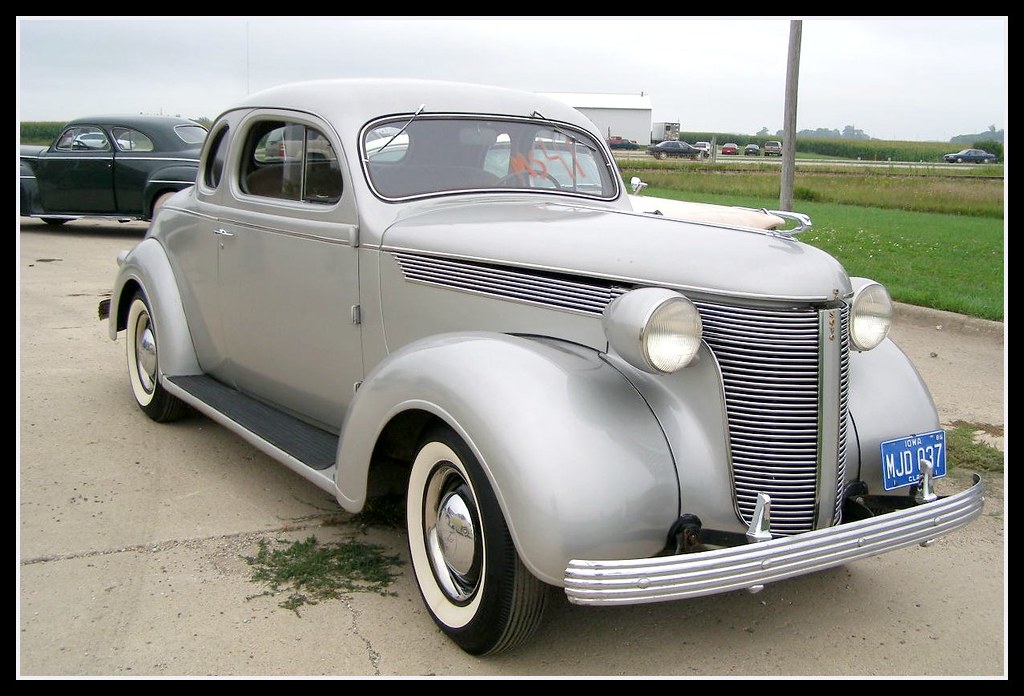
The DeSoto Custom offered innovative features like automatic transmissions, but it was overshadowed by more popular models from competitors, resulting in lower sales and market presence.
1933 Nash Ambassador Eight

The Nash Ambassador Eight was a high-end model with a powerful engine and luxurious features, but its high price and the economic climate of the 1930s limited its appeal and sales success.
1930 Duesenberg Model J
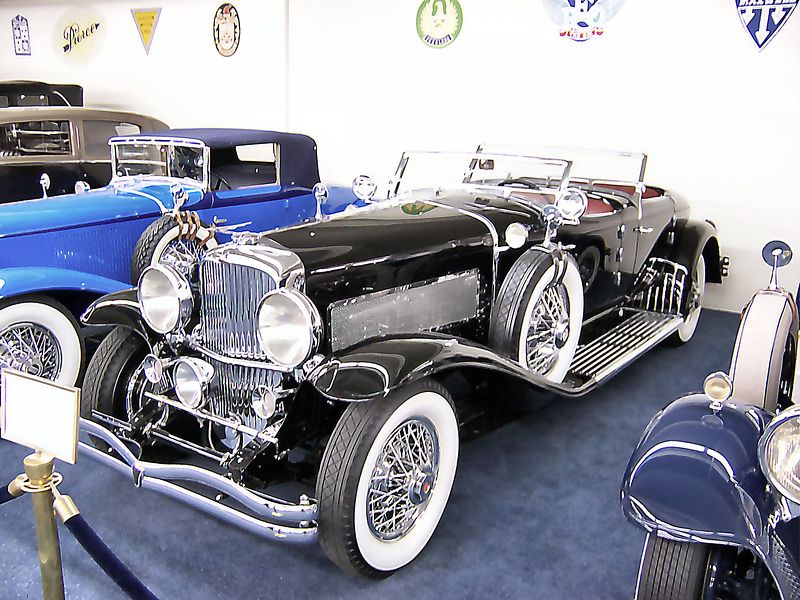
The Duesenberg Model J was one of the most expensive and luxurious cars of its time, known for its extraordinary performance and craftsmanship. However, its high price made it accessible to only the wealthiest individuals, leading to limited production and sales.
1932 Lincoln KB
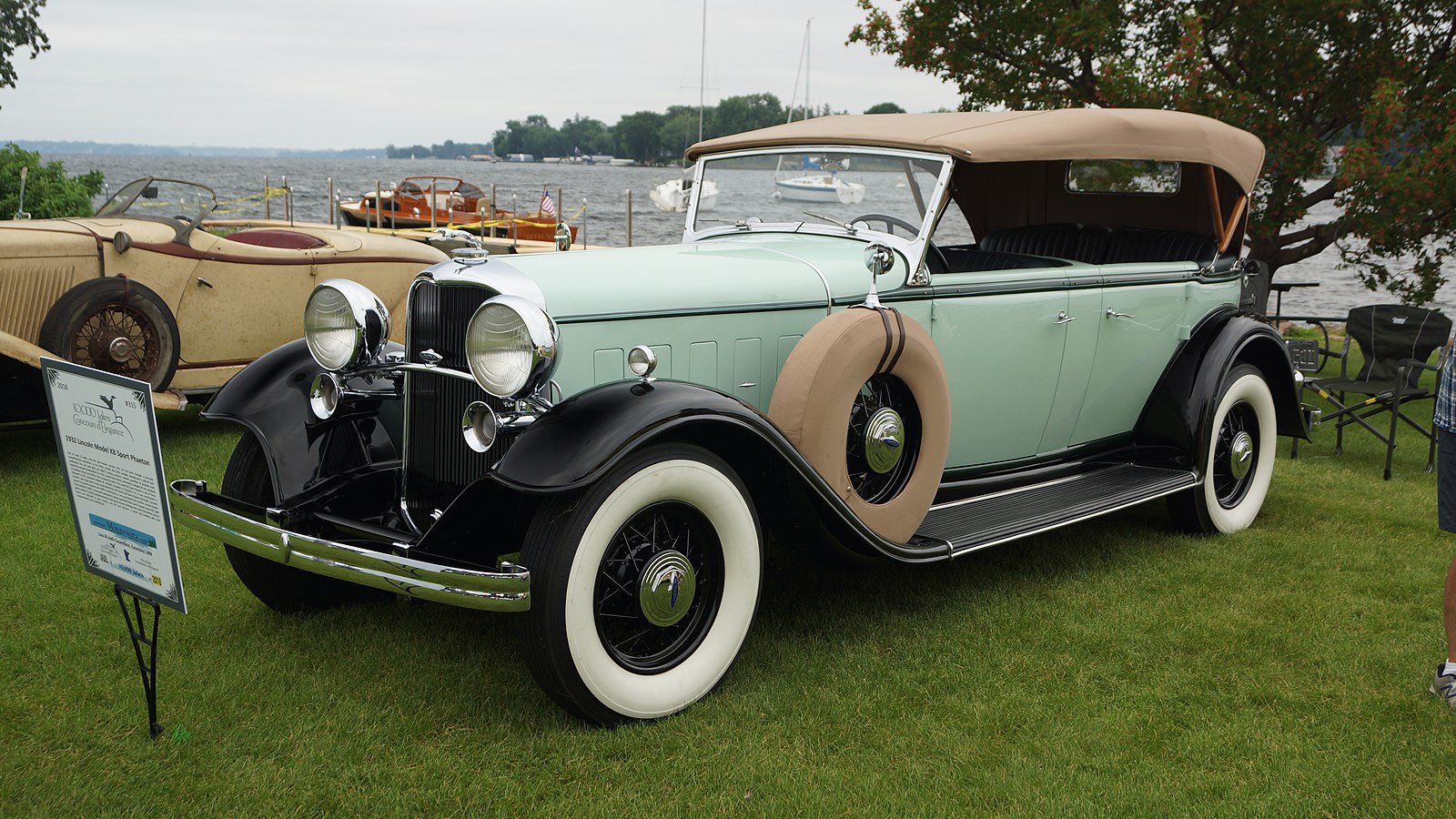
The Lincoln KB featured a V12 engine and was one of the most expensive American cars at the time. Its high cost, combined with the Depression, resulted in very low sales figures and it is considered one of Lincoln’s commercial failures.
1938 Dodge D8
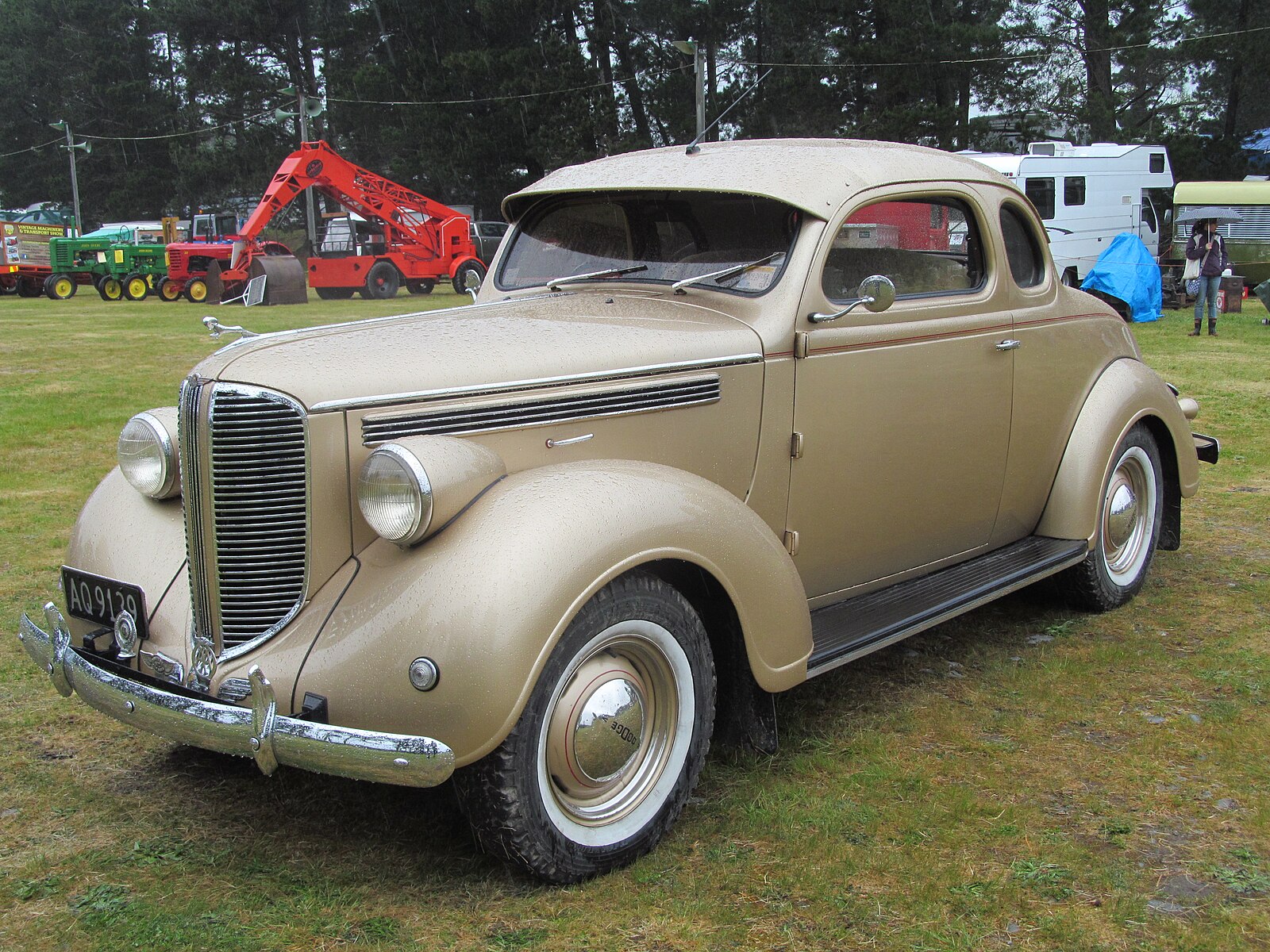
While the Dodge D8 was a solid car, it failed to innovate or stand out in the crowded market of the 1930s. It was seen as dependable but unexciting, leading to mediocre sales compared to its competitors.
This article originally appeared on MyCarMakesNoise.
More from MyCarMakesNoise
The Best Cars for Your Wilderness Escape
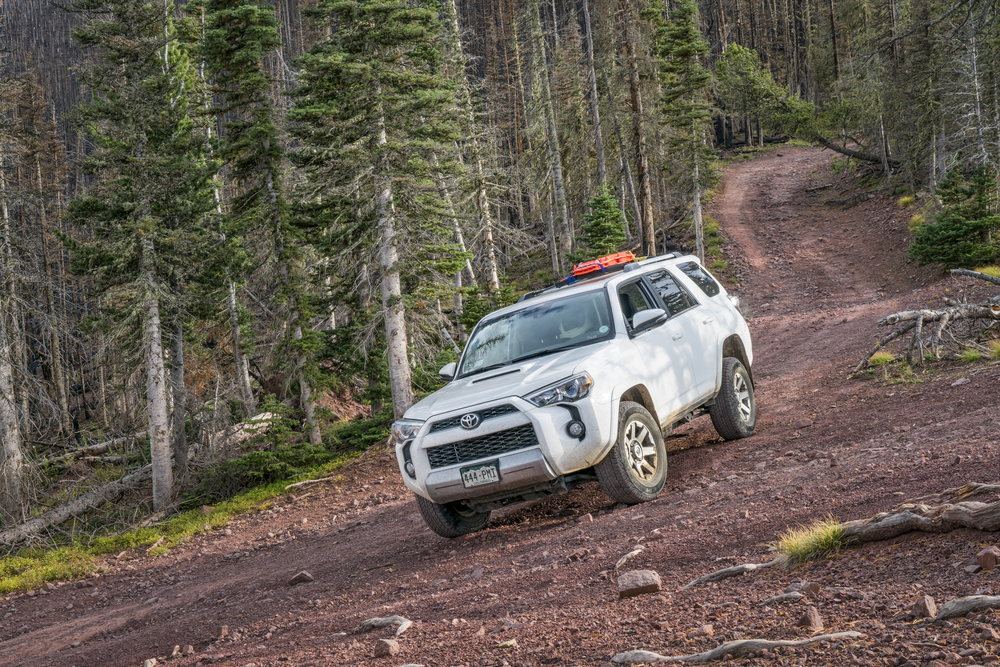
Whether you’re a seasoned adventurer or a camping novice, the right vehicle can make your wilderness experience both comfortable and unforgettable. Read More.
Understanding Why Some Used Cars Outprice New Ones
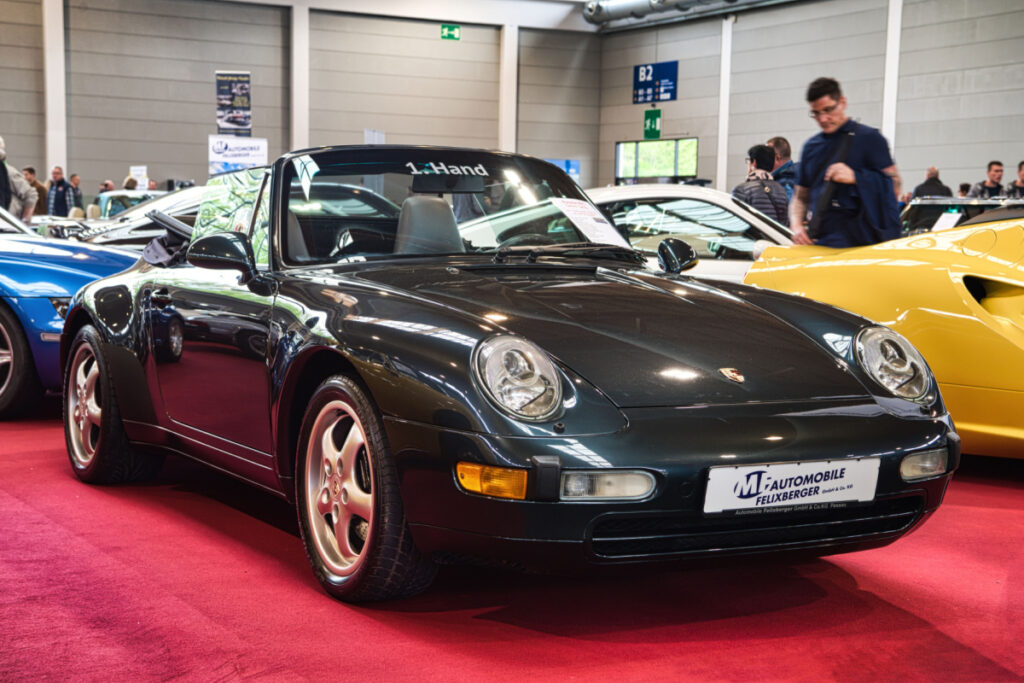
Whether due to their iconic status, limited production numbers, or exceptional performance capabilities, these cars continue to defy the norm, proving that sometimes, older can mean more expensive. Read More.
Iconic 90s Cars Worth Remembering
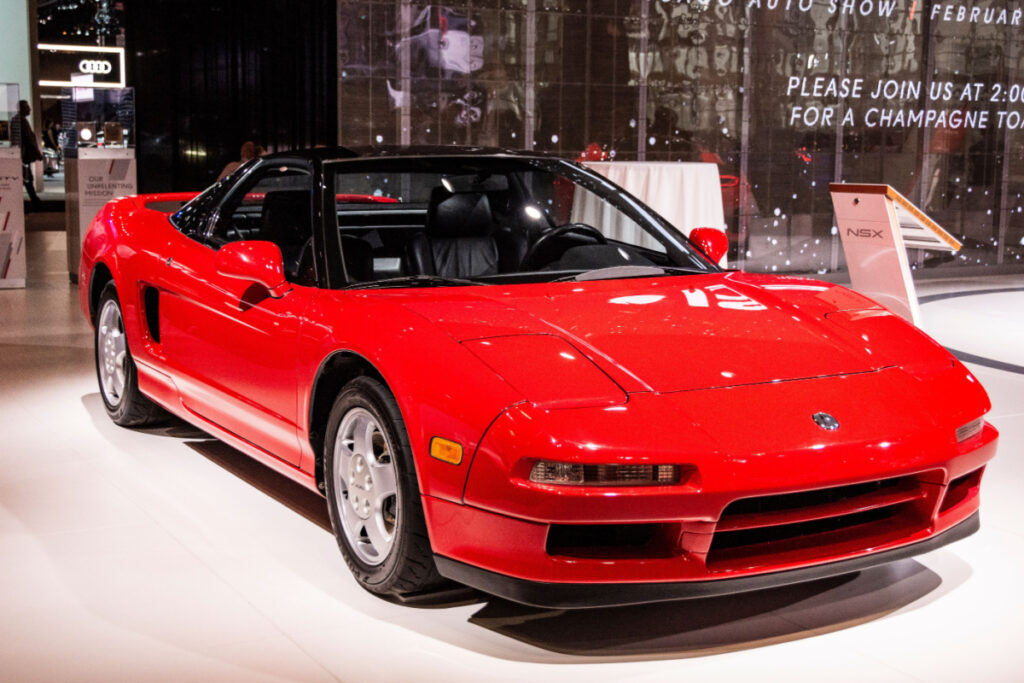
Here are the standout cars of the 1990s, a decade that brought us Japanese sports cars, European luxury, and American muscle. This era was known for pushing limits and redefining traditions, leaving a lasting impact on the car world. Read More.


